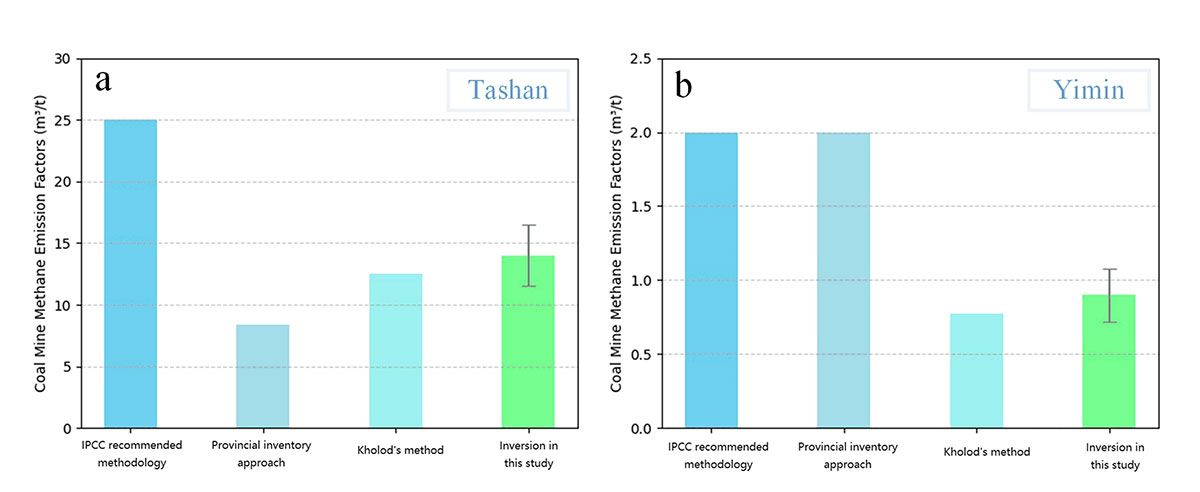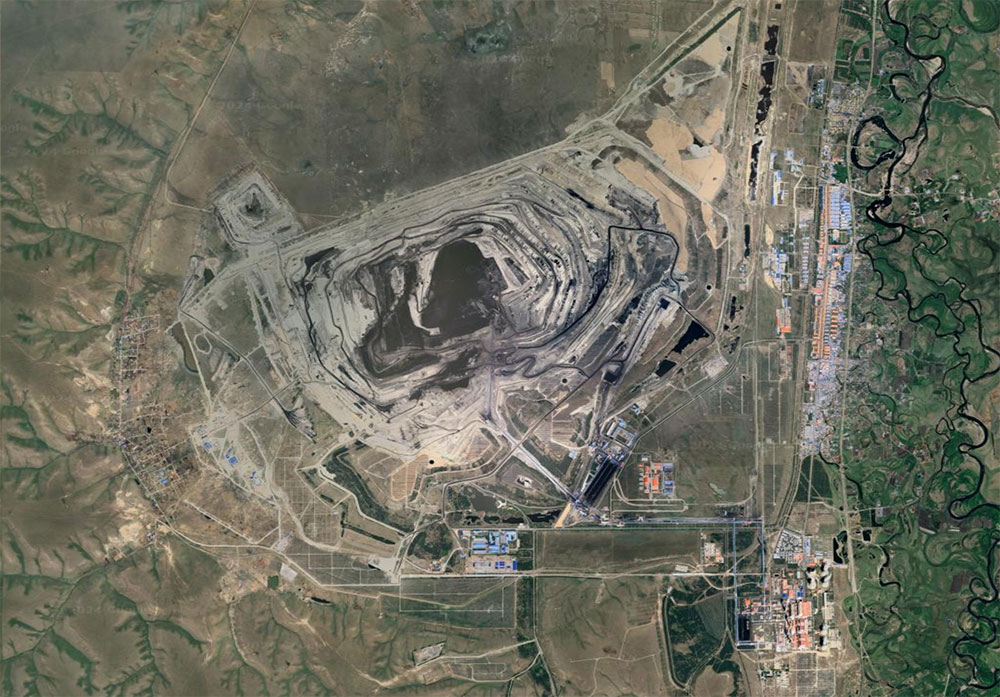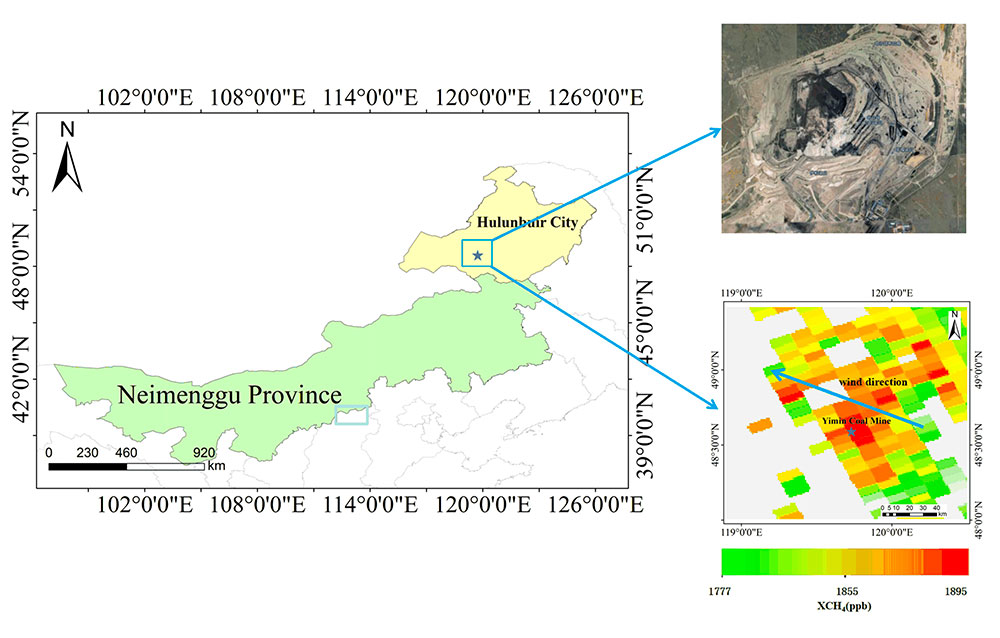MethMine
Methane emission estimation of coal mine point sources
Overview
Methane, the second-largest greenhouse gas (GHG), traps more heat than CO2 but has a shorter atmospheric lifespan. Since industrialization, methane levels have nearly tripled, significantly driving global warming. The Intergovernmental Panel on Climate Change (IPCC) emphasized that the substantial reduction of non-carbon dioxide GHGs, including methane, is a necessary condition for achieving the goals of the Paris Agreement and keeping global warming within 1.5°C by the end of the 21st century.
Regarding the rich reserves of coal in China, monitoring, quantifying and reducing methane emissions from coal mines is necessary to address climate change and global warming in the short term.
The MethMine project proposes to use remote-sensing data and Gaussian plume model to estimate methane emissions from large high-gas coal mines in China.
This project can provide important data support for fine control of coal mine gas, and help promote the development of point source methane emission monitoring and quantification technology based on satellite remote sensing method in the future. We will provide our findings to the energy industry, such as the coal mining sector, to help them quantify the methane produced along the coal mining chain.
Methodology
Methane emissions from large high-gassy coal mines in China were estimated using Sentinel-5P satellite TROPOMI sensor data and the Gaussian plume model in this study. Combining with bottom-up emission inventories, the reliability of the quantitative results is verified, and the conversion with high-precision from point source emissions observed from the satellite is realized. By comparing the estimated value with the emission inventory, the limitations of methane accounting in coal mines using emission inventory are analyzed and the practicability of quantifying methane emissions from point source by satellite monitoring is confirmed.

▲ Figure 1: Methane plume simulations of (a)Tashan Coal Mine and (b)Yimin Coal mine by HYSPLIT model. © Institut de recherche sur l'information aérospatiale, Académie chinoise des sciences
Application site(s)
|
China:
► Figure 2: Location of the Tashan (green province) and Yimin (yellow province) mines. |
|
Data
Satellite
- Sentinel-5P satellite TROPOMI (Tropospheric Monitoring Instrument) sensor data
Other
- Coal mine data: Global Energy Monitor's Global Coal Mine Tracker dataset
- Meteorological data: ERA-5 data
- Bottom-up emission data: EDGAR (Emissions Database for Global Atmospheric Research)
Results - Final product(s)
The first results show that the default value of IPCC coal mine methane emission factor is greater than that of China, which means that China's coal mine methane emissions may be greatly overestimated, and further calibration monitoring and analysis of methane emission from the coal mine in China are needed.

▲ Figure 3: Comparisons of the emission factors of (a)Tashan coal mine and (b) Yimin coal mine. This picture shows the coal mine emission factor analysis based on TROPOMI. We compare the research results with the three data of IPCC, provincial emission inventory and Kholod, and find that the emission factor of China's coal is overestimated. © The Aerospace Information Research Institute, Chinese Academy of Sciences
References
Y. Gao, Y. Zhang, Z. He, Z. Li, C. Fan, Y. Han*, Z. Li*, Precise inversion of methane emission from point source via TROPOMI and Gaussian plume Model : case of typical coal mines in China. (document de travail)





